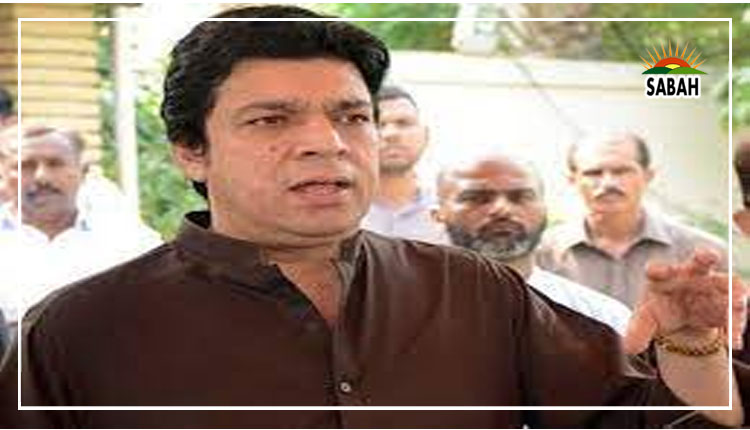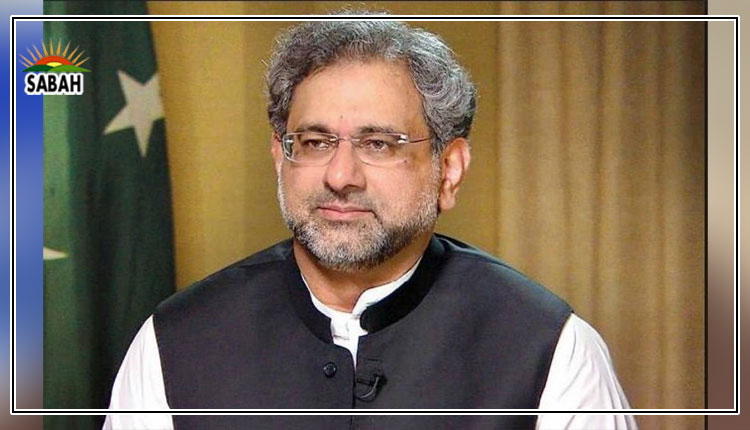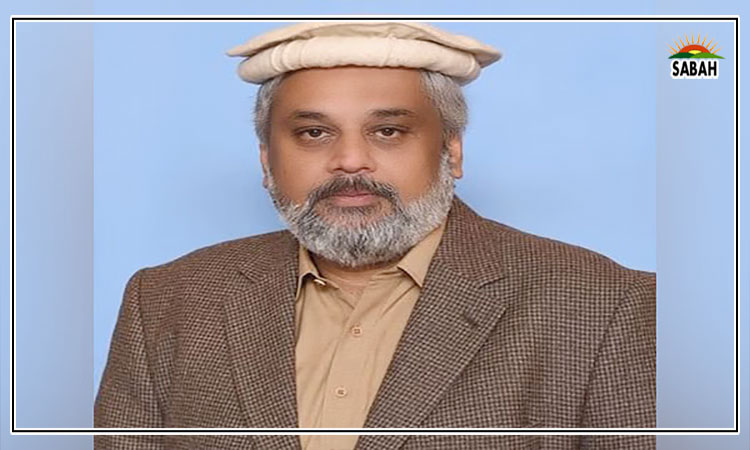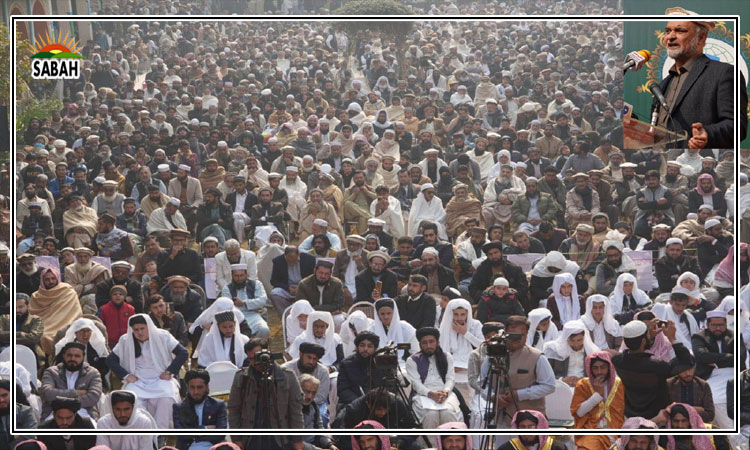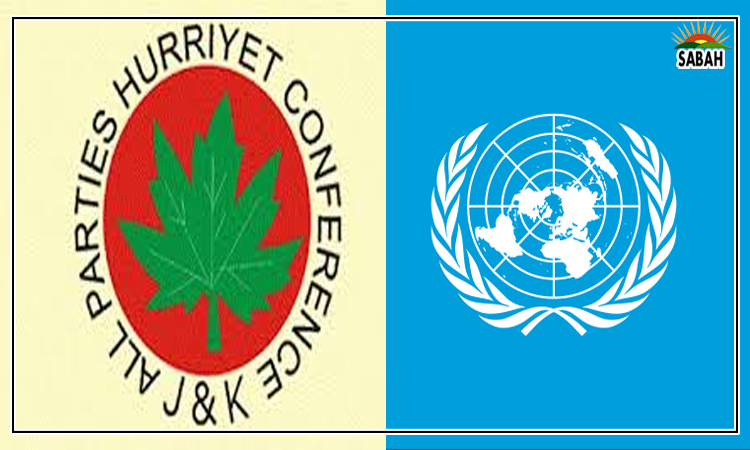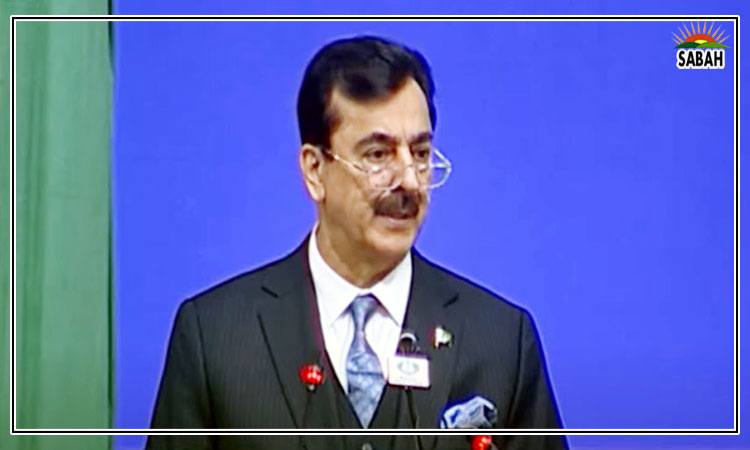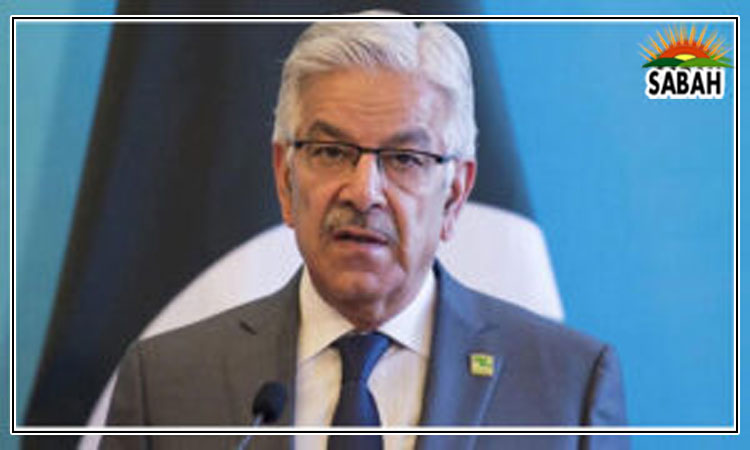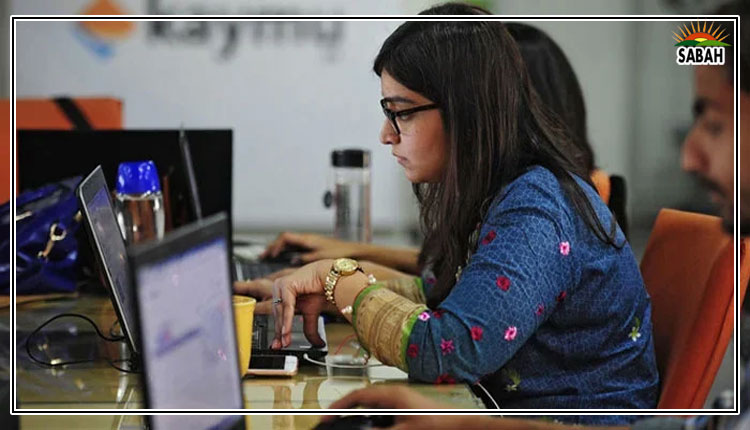Invest in a woman’s right to work…By Kumail Mehdi
The true spirit of development demands that womens participation in the labour force remain healthy. Among many indicators of economic development, womens participation rate is a reliable method to measure development prospects.
In the 21st century, developing countries have made amazing strides in economic development. One such example is Bangladesh, where we see the direct correlations between sustainable economic growth and female labour participation. Its economy is among the few countries to maintain a high growth rate (6.9 per cent) even during the Covid-19 pandemic. In achieving this remarkable feat, Bangladesh made some necessary changes.
According to the World Bank, in Bangladesh, from 2003 to 2016, female labour participation increased from 10 per cent to 36 per cent. Its garment industry, which contains a maximum number of female labourers, has been the main driver of its economic development. Consequently, the data shows that there exists a positive correlation between womens participation in labour and economic growth.
In Pakistan, womens labour participation remains bleak. According to the Global Economy, it has a 24.61 per cent female labour participation rate against Bangladeshs 37.69 per cent. At the national level, according to the UN Women report, only 26 per cent of women labour participation against 84 per cent of men. Coming to the provincial stage, Punjab has the highest 31 per cent, Sindh at 18 per cent, Khyber Pakhtunkhwa at 19 per cent, and Balochistan at 14 per cent.
Similarly, Pakistans economic performance, given its potential, is unpleasant and concerning. According to the Economic Survey of Pakistan 2022-2023, the GDP growth stood at 0.29 per cent in FY2023. Per-capita income declined from $1,765 in 2022 to $1,568 in 2023. Likewise, the investment-to-GDP ratio stood at 13.6 per cent in FY2023 compared to 15.6 per cent in FY 2022.
With the economy again in a major crisis, womens participation should be increased to achieve sustainable development. Data suggests that when more women work, economies grow.
Increased womens labour participation enhances economic diversification and income equality for shared growth and prosperity. It brings competition and creativity. A healthy womens force bulge is an encouraging sign for economic development. It makes women financially independent and enhances their decision-making power within households. With women spending 25 per cent more of their lives in health, closing this gap will help in curtailing poverty.
In Pakistan, there exists a plethora of challenges that women face in labour employment. First, women remain financially dependent, which curtails their say in decision-making. As a result, women fail to assert their wishes and rights.
Second, the working environment remains largely unsafe for women. Although laws such as the Acid Control and Acid Crime Prevention Act, 2011 and the Protection Against Harassment of Women at the Workplace Act, 2010 exist to ensure womens security, their implementation remains a big challenge.
Third, the patriarchal mindset of our society is a significant psychological barrier to womens labour participation. Patriarchy causes economic, political, and social violations of womens rights. So, these barriers pose a serious challenge to womens empowerment and the resultant economic development.
To ensure active womens labour participation, the government needs to take concrete steps in the financial sphere. In this arena, Pakistan has the potential to address its economic woes by increasing womens participation in labour. According to the International Growth Centre, if womens participation in labour was on par with men, Pakistans GDP could increase by 60 per cent by 2025.
Through public and private partnerships, the government can launch skill-imparting drives to enhance womens capabilities. This blessed partnership can boost our small-home-based industries, which make cultural artifacts and pottery. To achieve this, the government should introduce small interest-free loan schemes for women to encourage their financial independence. This is because without financial independence, there can be no sustainable development.
A wide range of areas should be addressed to achieve the above-mentioned economic gains and set into motion the virtuous cycle of development. These areas include the political/administrative and social spheres. Doing so would ensure Pakistans Vision 2025, calling for an enabling environment for women so that they may realize their full potential.
In the realm of politics, Pakistan has a quota of 60 seats in the National Assembly for women. Without that quota, womens political participation will reduce to only 3.0 per cent. According to research, women bring unique perspectives to governance, working towards inclusivity, gender equality, and family-friendly policies in areas such as income, parental leave, and employment.
Womens political participation is likely to create responsive and equitable local communities. To achieve political participation. rule of law should be ensured. The promises made in the 18th Amendment of establishing local governments and devolution of power must be completed. The pace of justice must be enhanced to reduce crime against women and deter criminal instincts from the fear of punishment.
In the social aspect, Pakistani society displays patriarchy and regressive social values for women. Womens positions are mediated by wealth and land, and the degree of mens honour depends on the possession and control of wealth, women and land.
Men receive social preference in education, health and decision-making. There is a common perception among people that Islam prohibits womens role as rulers. Such regressive and patriarchal values are the biggest threat to womens empowerment. To set in motion a virtuous development cycle, encompassing economic and human development, Pakistan should take steps to address them.
There is a need to promote inclusive, liberal and quality education. People should be made aware that the link between honour and womens chastity has no logical basis. The government should invest in womens health across the country, especially in rural and remote areas, because sound womens health makes the community flourish.
Pakistan can address its economic woes by increasing womens labour participation. Developing countries such as Bangladesh made some inroads by increasing womens labour bulge. Pakistan needs to address financial challenges, while simultaneously considering social and political barriers. Doing so would set our track for sustainable economic growth and human development.
Courtesy The News




